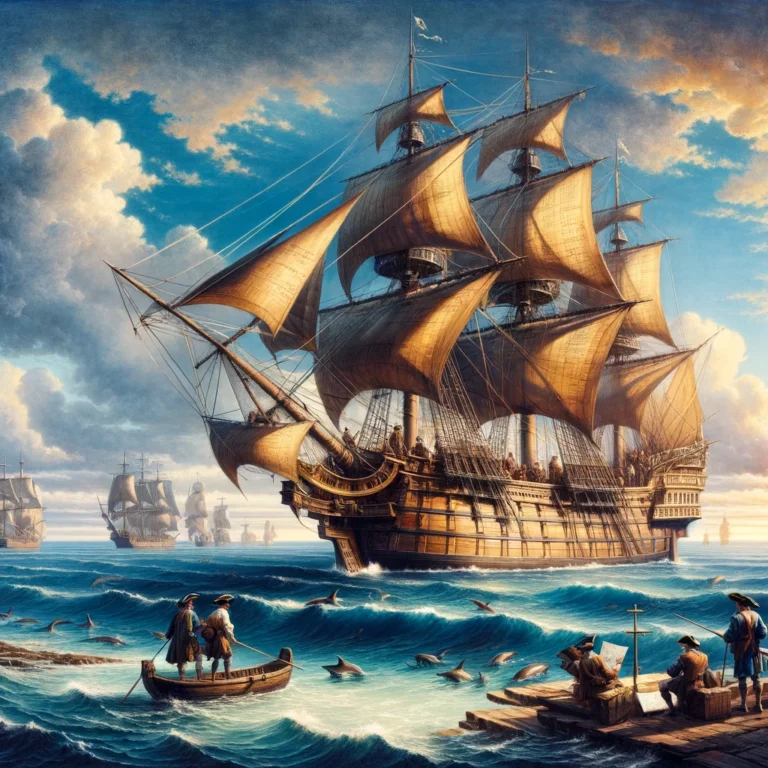Age of Exploration

Table of Contents
What Was The Age of Exploration?
The Age of Exploration (15th-17th century) was a period of extensive maritime exploration and discovery, driven by European nations seeking new trade routes, wealth, and territories.
Led by figures like Christopher Columbus, Vasco da Gama, and Ferdinand Magellan, expeditions expanded European knowledge of the world, leading to the colonization of the Americas, Africa, and Asia. This era saw significant navigation, cartography, and shipbuilding advancements, enabling voyages across vast oceans.
The Age of Exploration facilitated cultural exchange, economic expansion, and the spread of European influence globally, but also led to exploitation, conflict, and the colonization of indigenous peoples. Its impact reshaped global trade, demographics, and geopolitics, laying the groundwork for modern globalization and shaping history.
Age of Exploration History
In 1492, Christopher Columbus embarked on his first voyage from Spain, setting sail with three ships – the Nina, the Pinta, and the Santa Maria. He landed in the Bahamas on October 12, mistakenly believing he had reached the East Indies.
In 1498, Vasco da Gama successfully reached India by sailing around the southern tip of Africa, establishing a lucrative sea route from Europe to Asia.
Ferdinand Magellan’s expedition, launched in 1519 under the Spanish flag, aimed to find a westward route to the Spice Islands. Although Magellan died during the journey, his fleet became the first to circumnavigate the globe, completing the feat in 1522.
The Treaty of Tordesillas, signed in 1494, divided newly discovered lands between Spain and Portugal along a meridian 370 leagues west of the Cape Verde islands, aiming to prevent conflicts over colonization.
Spanish conquistadors, led by figures like Hernán Cortés and Francisco Pizarro, conquered vast empires in the Americas, including the Aztec and Inca civilizations, between the 16th and 17th centuries, leading to Spain’s colonization of large parts of the Americas.
European explorers such as John Cabot, Jacques Cartier, and Giovanni da Verrazzano claimed territories in North America for their respective European powers during the late 15th and early 16th centuries.
The Age of Exploration was partly motivated by the desire to find new sea routes to Asia to access valuable spices like pepper, cinnamon, and nutmeg.
Prince Henry the Navigator of Portugal was pivotal in sponsoring maritime exploration along the West African coast in the early 15th century, establishing navigation schools, and funding expeditions.
The Age of Exploration laid the groundwork for establishing vast colonial empires by European powers across Africa, Asia, and the Americas, including Spain, Portugal, England, France, and the Netherlands.
Indigenous peoples worldwide suffered significant impacts, including cultural assimilation, population decline due to diseases introduced by Europeans, and displacement from their lands as a result of European exploration and colonization during the Age of Exploration.
Related Links
The Middle Ages
Seven Years War
Silk Road
Colonialism